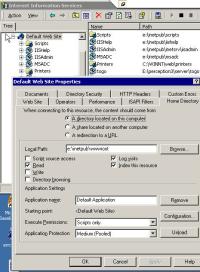Streaming Flash Video with open-source software
Flash video has several advantages over other formats, especially the fact that the Flash plugin comes pre-installed on most browsers. For this reason I’ve been looking at using streaming Flash video in sites which must support a wide variety of browsers and platforms.
Continue reading
